Five conclusions from the 2022 Simac Ladies Tour
Multi-talented Wiebes, Jumbo-Visma without Vos, the impacts of a busy calendar, and more
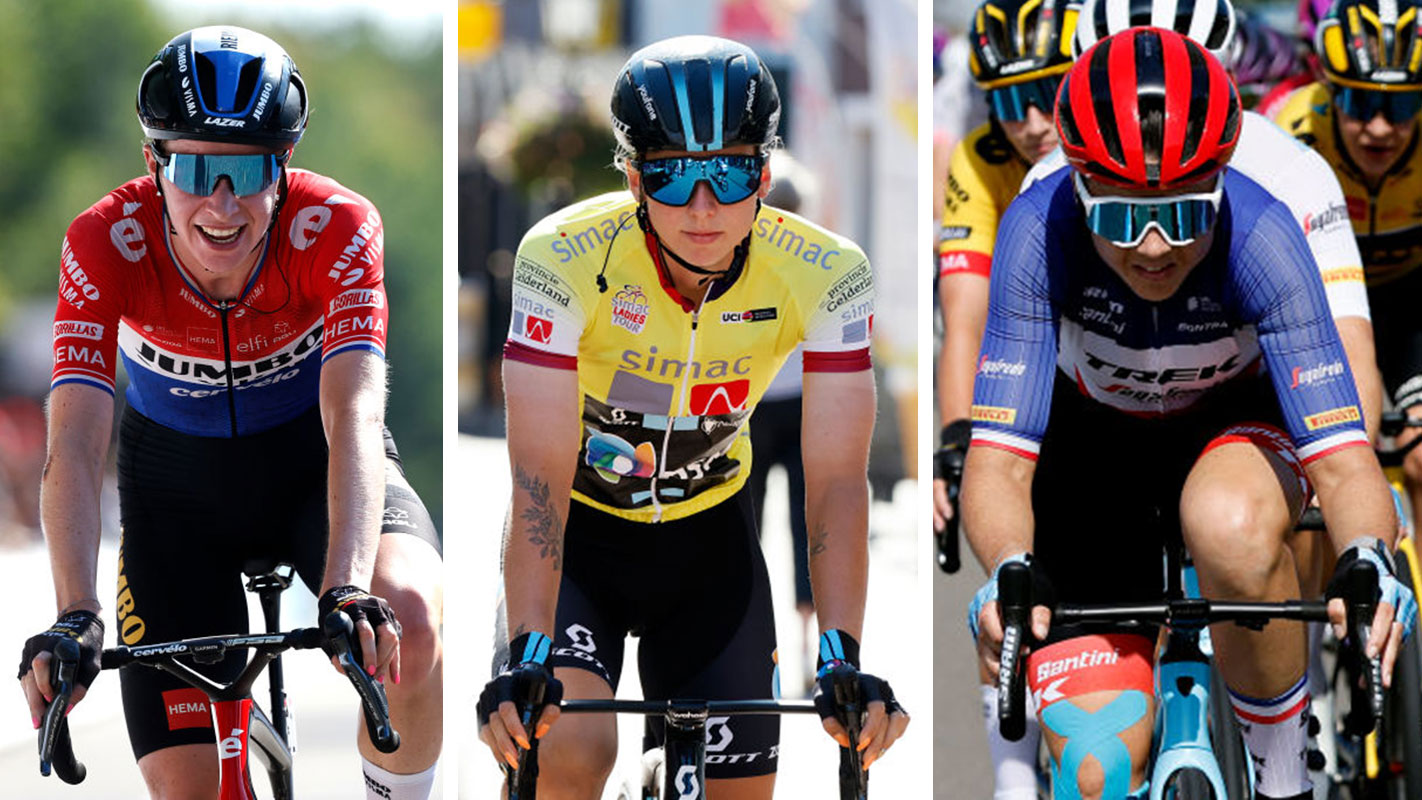
After a two week break after the Tour of Scandinavia, Women’s WorldTour stage racing resumed last week with the Simac Ladies Tour, a six-day tour around the Netherlands and one of the longest-standing races on the calendar.
As expected from the Netherlands, the race featured several flat, sprint days, but also included a Queen stage on the hills of the Amstel Gold Race and a rare 18km time trial.
The race was totally dominated by the home nation, with five Dutch riders winning all six stages between them, as well as the overall and all the classifications. Some of the race was as expected – Lorena Wiebes and Team DSM swept up the sprints – but there were also some more surprising stage results, and the headline story of Wiebes taking the GC victory, only the third overall win of her career.
There are only two races left on the WorldTour calendar, plus the upcoming UCI Road World Championships, so here is what Cyclingnews concluded from the Simac Ladies Tour, and what we can learn going into the end of the season and beyond.
Lorena Wiebes is more than just a sprinter
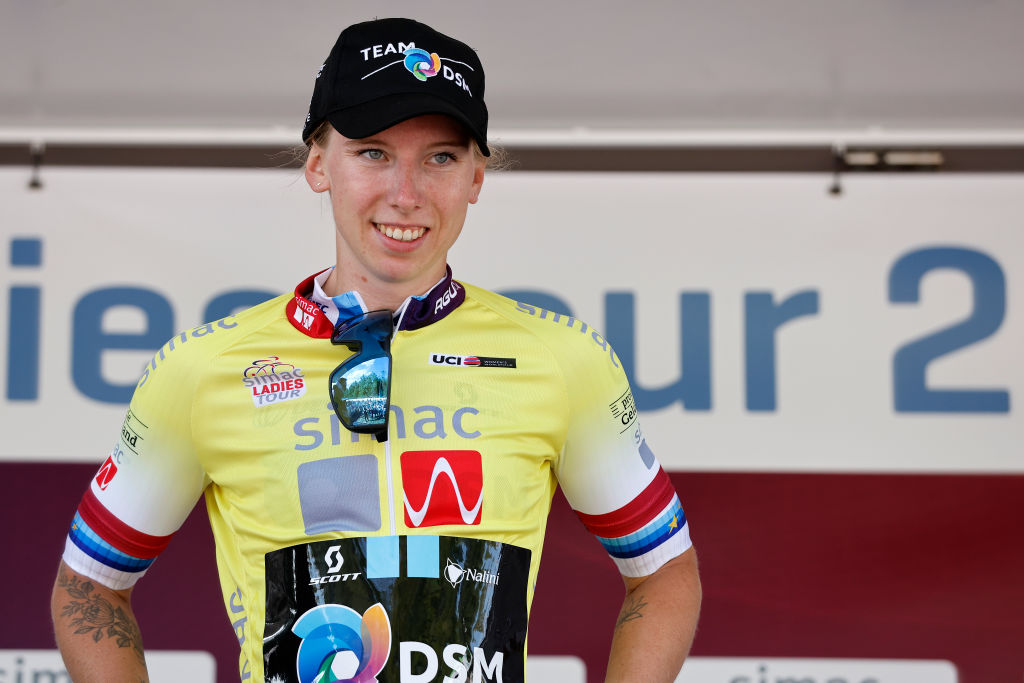
Admittedly, Lorena Wiebes has perhaps been proving this all season, but taking the overall win at the Simac Ladies Tour really hammered home to anyone not yet sure: she is more than just a sprinter.
As the most prolific winner in the peloton, often dubbed as one of the only truly ‘pure’ sprinters in the sport, it can’t be denied that the 23-year-old is an excellent sprinter, but her talents extend past the fast and flat finishes. This was made clear on stage 4, supposedly the queen stage of the race, but the Limburg hills proved no issue for Wiebes.
She lost her teammates, which meant she had no chasing firepower in the finale to bring winner Riejanne Markus (Jumbo-Visma) back and settled for second, but she was not phased by the climbs like the Cauberg that saw many riders dropped. Wiebes’ ability to survive over climbs has been clear several times this year, but it seems each race, the climbs she can get over and still be competitive are getting harder and harder.
Get The Leadout Newsletter
The latest race content, interviews, features, reviews and expert buying guides, direct to your inbox!
The ride that then really cemented Wiebes’ overall victory was the stage 5 time trial where she came fifth, limiting her losses to Audrey Cordon-Ragot and beating several good time trialists in the process. This was not a totally new performance – Wiebes has done well in prologues before, and took fourth in the Baloise Ladies Tour longer time trial in June – but it just shows again how her strength and power can apply to much more than just sprint finishes.
With a move to SD Worx lined up for next season, the Dutch rider will surely be hoping to be able to test her ability on different types of stages, be it in the Classics and semi-Classics or punchier days in stage races. No doubt Wiebes will remain a force to be reckoned with in the sprint, but it seems like she is ready to win in other ways, too.
It's the summer of Audrey Cordon-Ragot
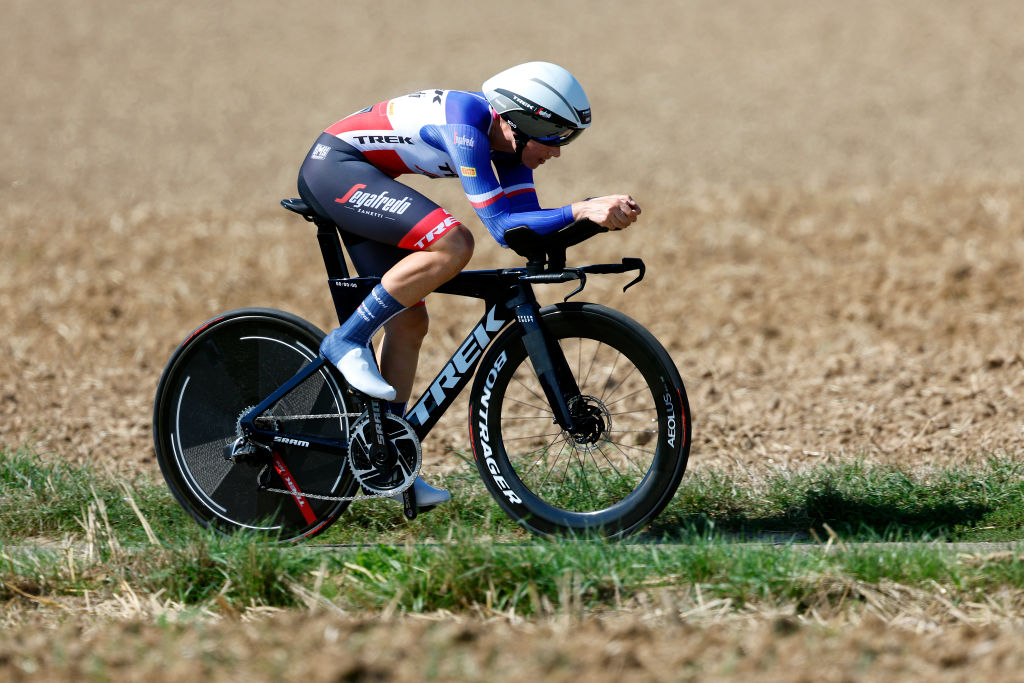
Two years ago, it seemed as if Audrey Cordon-Ragot may be in the twilight of her career, possibly on the verge of retiring from racing. But fast forward to 2022, and the 32-year-old is having one of her best summers yet.
After winning both the national road race and time trial championships, she finished third overall at the Baloise Ladies Tour before being able to take her tricolour jersey to the Tour de France Femmes, a special moment for the French rider and a race where she played a key team role. She went on to win the Vårgårda road race, albeit on a technicality after Marianne Vos’ disqualification, but even second would have been her best WorldTour result in several seasons.
Her run of form continued through the European Championships and the Classic Lorient Agglomération, and everything seemed to come together at the Simac Ladies Tour. She was able to sprint to third on the opening stage, and finally took an outright win in the time trial, clearly a happy moment for Cordon-Ragot.
She may have just missed out on taking the overall victory – she tried to close the six-second deficit to Wiebes on stage 6, but it proved an ask too big - but second on GC can’t be too much of a disappointment for the French champion.
France have not yet confirmed their team selection for the upcoming World Championships in Wollongong, Australia, but Cordon-Ragot has suggested she will be there, and it would be surprising to not take the in-form national champion. The road race route may be too hard for Cordon-Ragot’s strengths, but her current form could place her in the top 10, if not top five, of the time trial.
The pros and cons of circuits
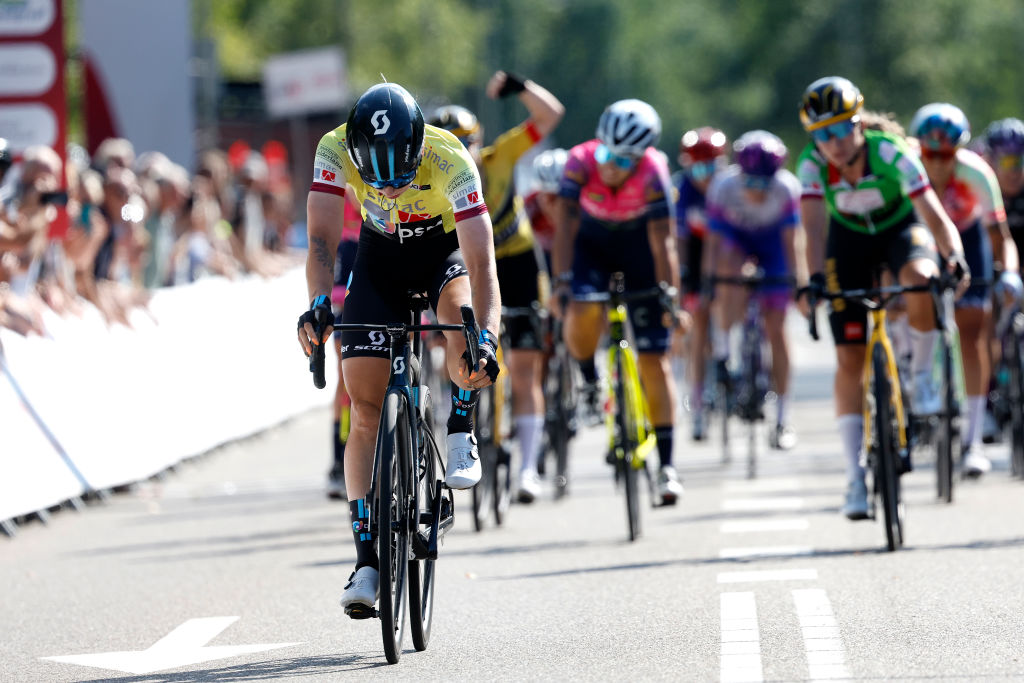
Except for the time trial, every stage of the Simac Ladies Tour was held on some sort of circuits or laps, and the race really exposed some of the pros and cons of designing courses in this way. On one hand, repeated laps have proven over and over how they can produce some really exciting racing.
If the lap is hard enough, there’s hardly any time to rest and the riders will be tested by taking on the same climb or same tricky section over and over again. This is especially beneficial in a country like the Netherlands, where the climbs alone aren’t too challenging, but tackling them over and over becomes a real test.
It’s also hard to make your way back when dropped on a circuit when the peloton is going hard, so it's a type of racing that encourages aggressive and attacking racing. It’s also spectator and TV friendly, which helps get more eyes on the sport.
However, the issue that arose last week was that given the short length of the circuits and the risk of being lapped, dropped riders were often pulled from the race before the finish, despite being well within the time limit. With crashes also peppering the race, this significantly reduced the peloton over the six days, meaning only 57 of the 94 riders actually finished the race.
It may seem inconsequential, and that riders were dropped anyway and out of contention, but it means teams lost support riders, as well as chances to possibly take prize money or UCI points in classifications and with lower placing. Of course the issue of lapped riders can be a problem, but it seems that fit riders – many only dropped from the race by a few minutes – should be able to continue.
No Vos, no problem for Jumbo-Visma
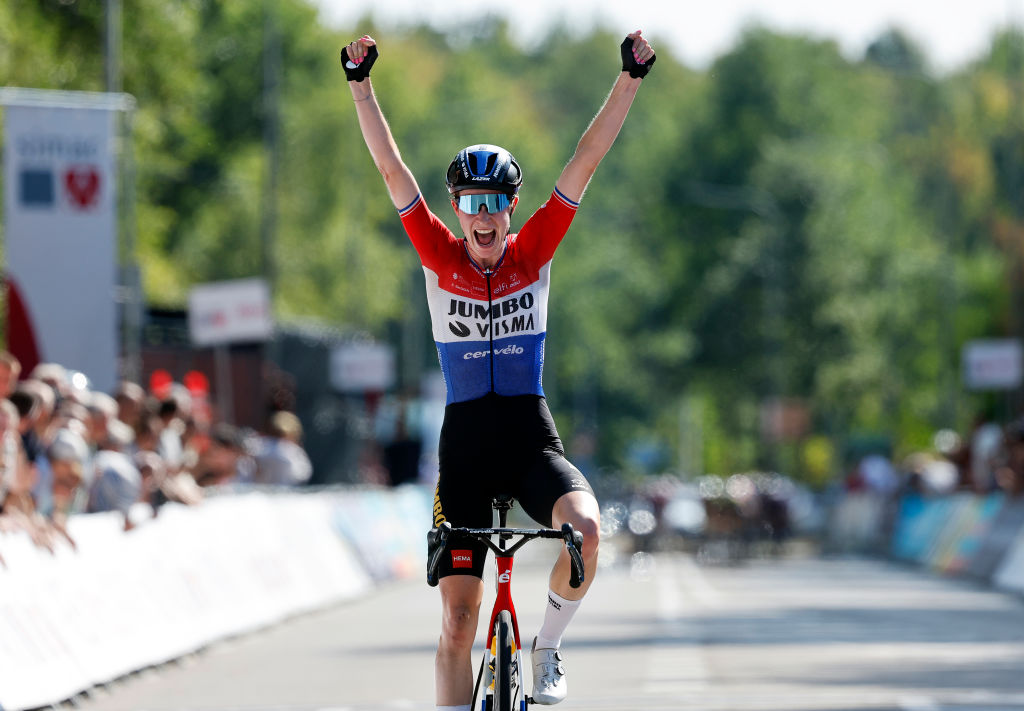
The Simac Ladies Tour is a Marianne Vos race. The Dutch rider has won the race four times, being the perfect kind of rider to excel on its mixture of sprint stages, punchy days and often a time trial. And so when the Jumbo-Visma team was announced without Vos on it, it may have seemed like there was a Vos-shaped gap on the start list, but as soon as the racing started, you wouldn’t have even known Jumbo Visma were missing anyone.
On the first stage, the team placed three riders in the decisive move, and an impressive sprint from Karlijn Swinkels earnt them second place. This was just the start of an aggressive week for the team, who stamped their dominance on the peloton, often controlling the front of the race. After being on the wrong side of the split on the opening day, stage 5 winner Riejanne Markus wasn’t able to contend for the overall, but the team seemed to do everything right otherwise.
Perhaps the most interesting thing about Jumbo’s week in the Netherlands is that, far from searching for a stand-in for Vos, they had multiple options to go for stages and the overall. Swinkels stepped into Labecki’s place to be competitive in the sprints, Anna Henderson and Romy Kasper were aggressive all week, and the team finished with three riders in the top seven overall.
After Anouska Koster and Amber Kraak’s recent performances in Scandinavia and France, the team have made it clear that their team can be just as strong without Marianne Vos in it.
The race fell victim to a busy time in the calendar
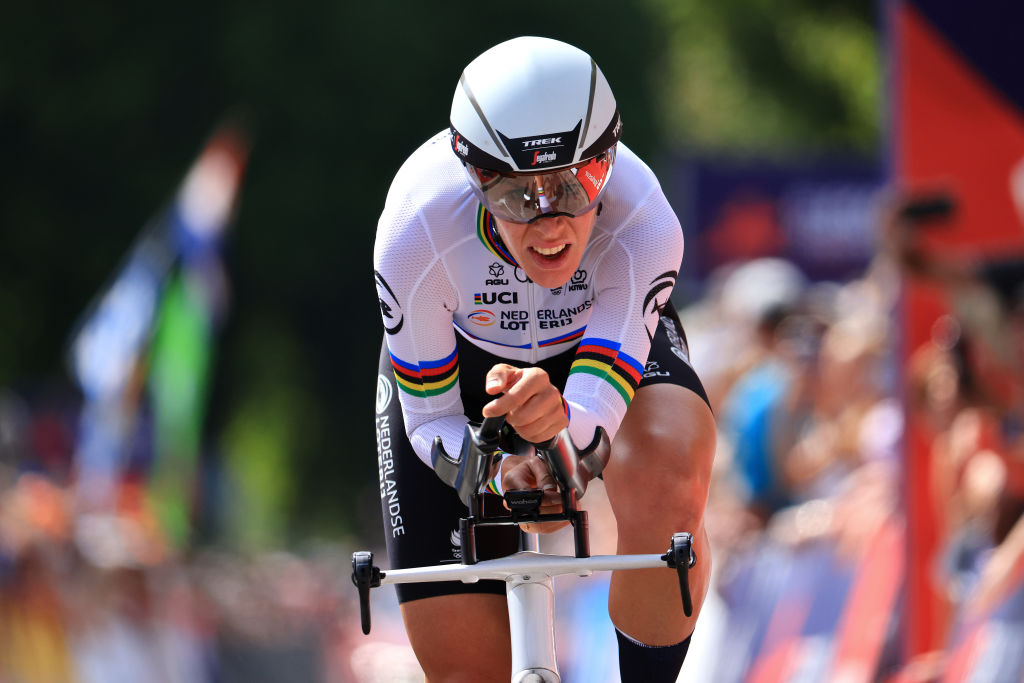
Though the race did attract some big names, the Simac Ladies Tour definitely fell victim to its place in the calendar. At the end of a long summer and shortly before World Championships, many riders and teams had their priorities elsewhere and the start list certainly reflected that.
Pre-race favourite Ellen van Dijk skipped the race – and as a result the only non-prologue time trial in the WorldTour calendar – in order to focus on Worlds, and the likes of Lotte Kopecky and four-time Simac winner Marianne Vos were also missing.
Riders can’t do everything and priorities have to be made, but the clearly weakened start lists here and at the Tour of Scandinavia are highlighting how teams can only send their best squads and riders to a certain number of races each season, especially with the current cap on team sizes.
With more and more races, particularly stage races, being added to the WorldTour calendar, teams in their current form will only be more stretched, and races like Simac may have to accept that they won’t always attract the most top-tier start list.
Matilda is an NCTJ-qualified journalist based in the UK who joined Cyclingnews in March 2025. Prior to that, she worked as the Racing News Editor at GCN, and extensively as a freelancer contributing to Cyclingnews, Cycling Weekly, Velo, Rouleur, Escape Collective, Red Bull and more. She has reported from many of the biggest events on the calendar, including the Giro d'Italia, Tour de France Femmes, Tour of Flanders and Paris-Roubaix. She has particular experience and expertise in women's cycling, and women's sport in general. She is a graduate of modern languages and sports journalism.